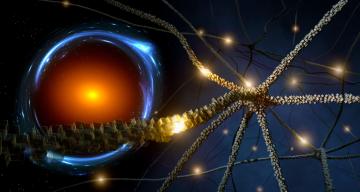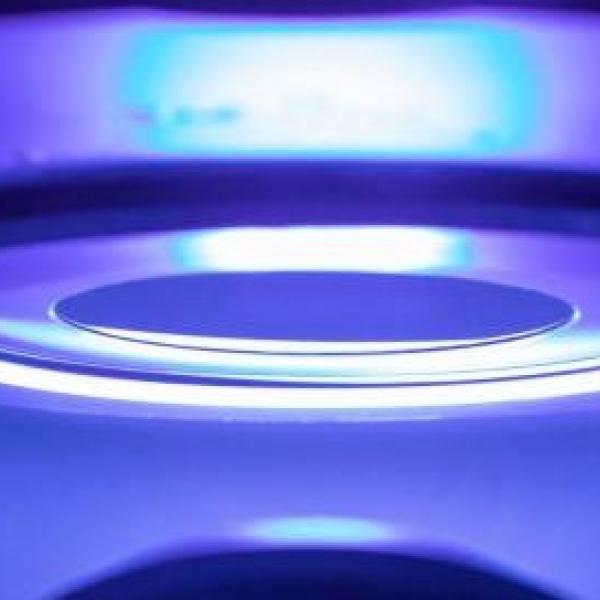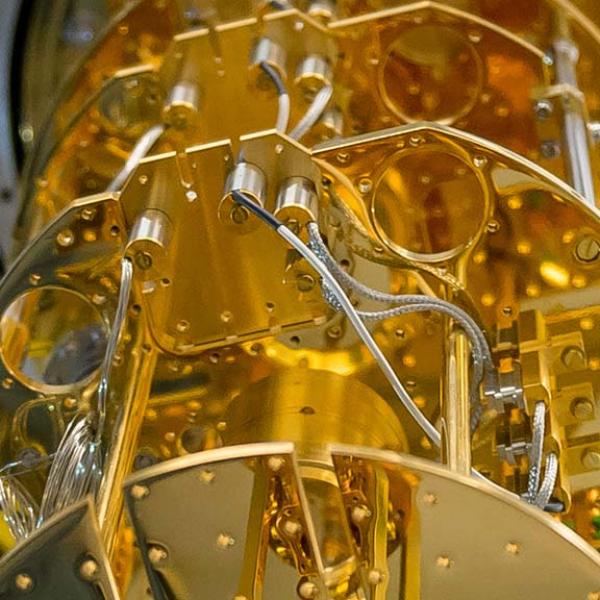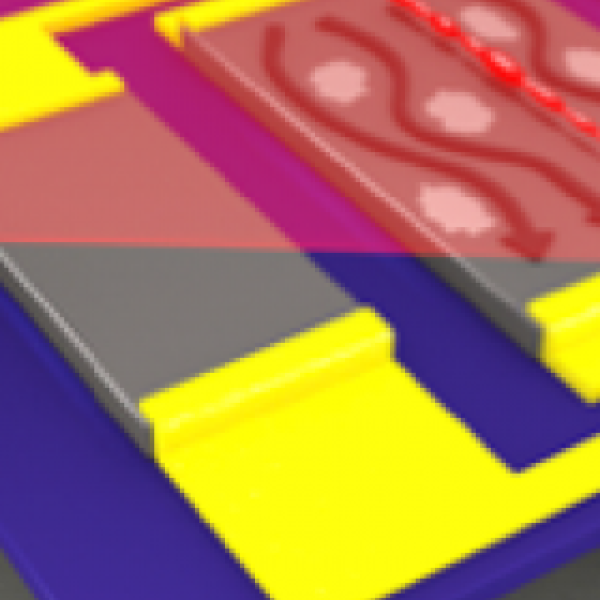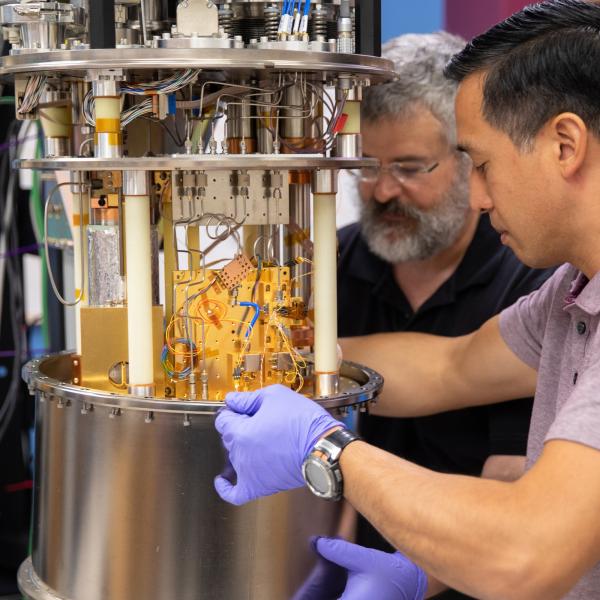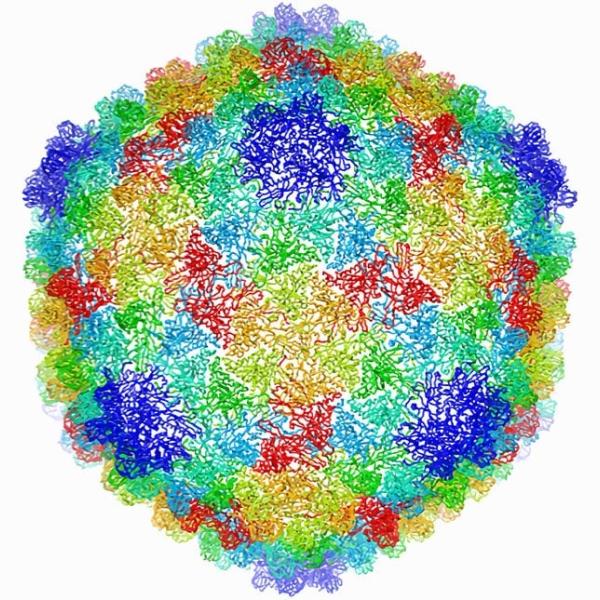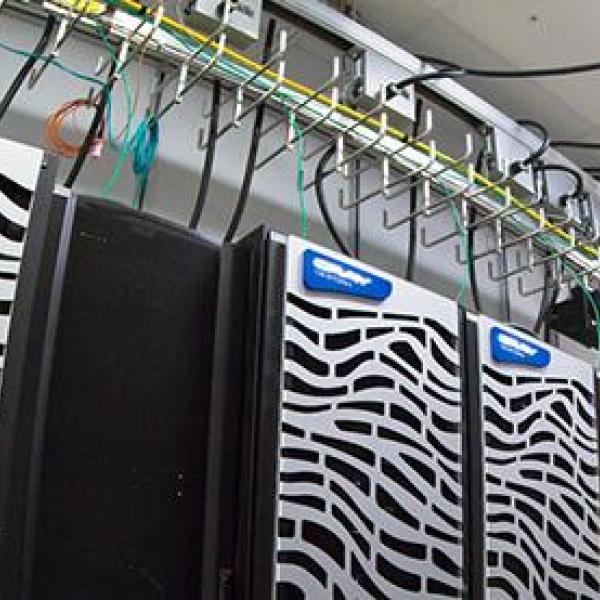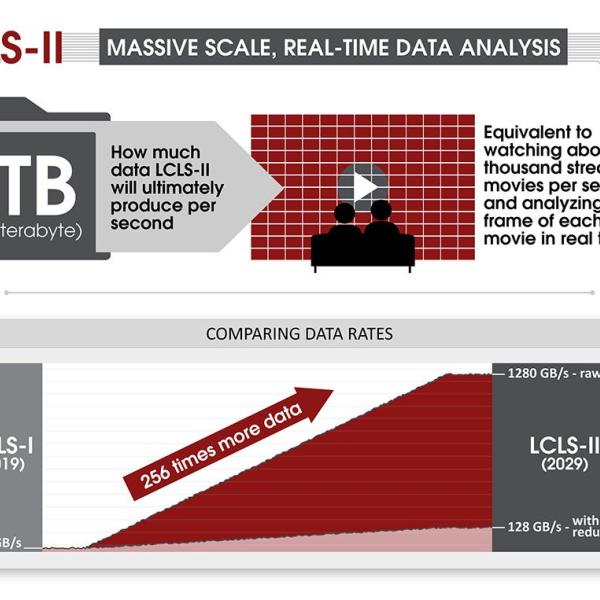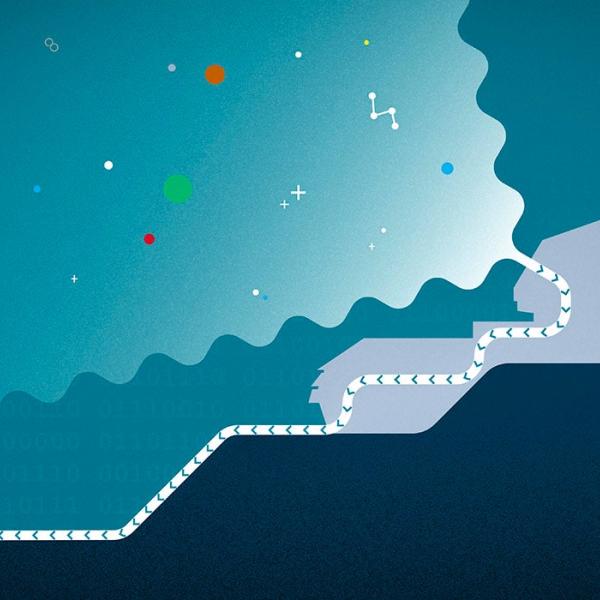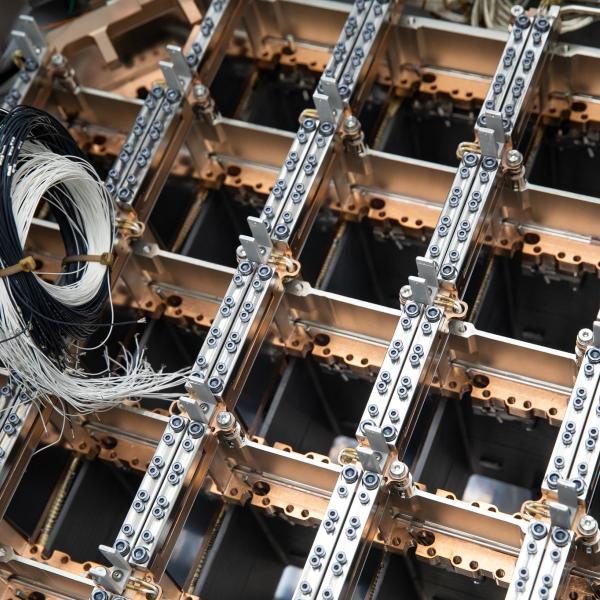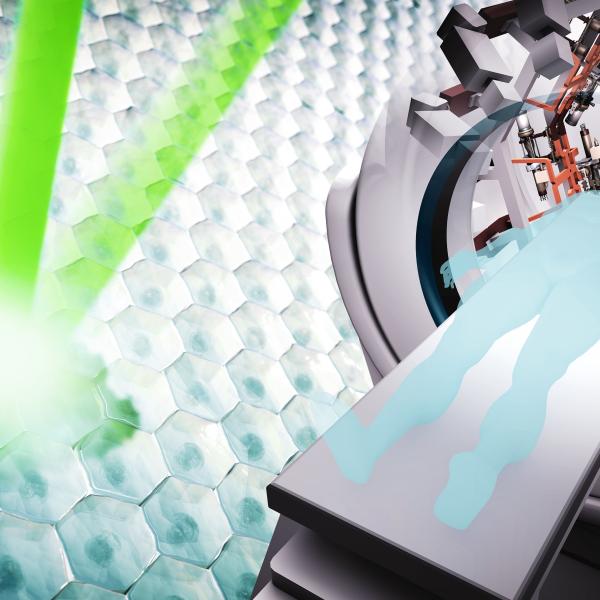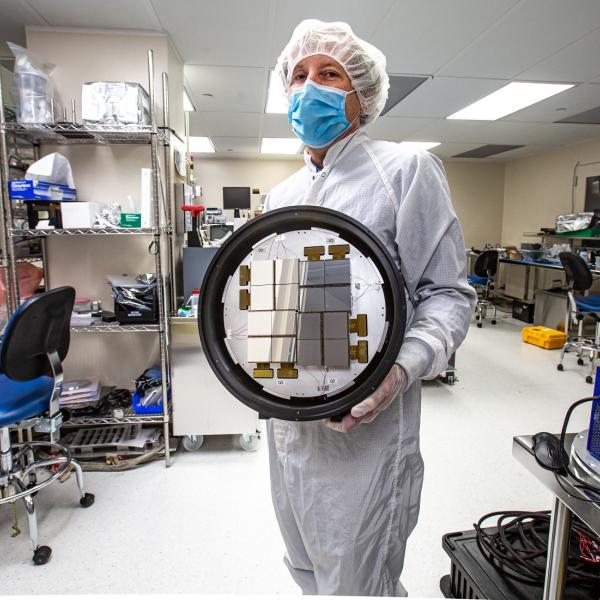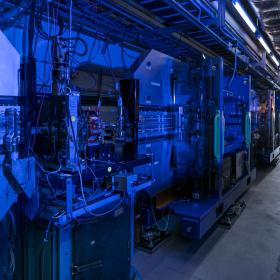Modern technology creates new opportunities for society: Just think about how artificial intelligence has changed our cars and cell phone apps. These technologies begin with basic science. And while some, such as quantum computers, may be years away from practical applications, they have the potential to offer solutions to some of the world’s biggest challenges.
At SLAC, our unique workforce, expertise, facilities and partnerships allow us to stay at the forefront of many of these emerging science areas and develop the technologies that will shape our future.

Quantum information science (QIS)
The coming quantum technology revolution will profoundly change our understanding of the world and the way we live. SLAC research, including quantum materials for unprecedented computing and ultrasensitive sensors for detecting dark matter, will expedite that transition and help build the quantum workforce of the future.

Machine learning
Machine learning, a form of artificial intelligence (A.I.), outperforms traditional computational methods in many areas, for instance by vastly speeding up the tedious handling of huge batches of complex data. At SLAC, researchers use it to advance the lab’s unique scientific facilities and research.
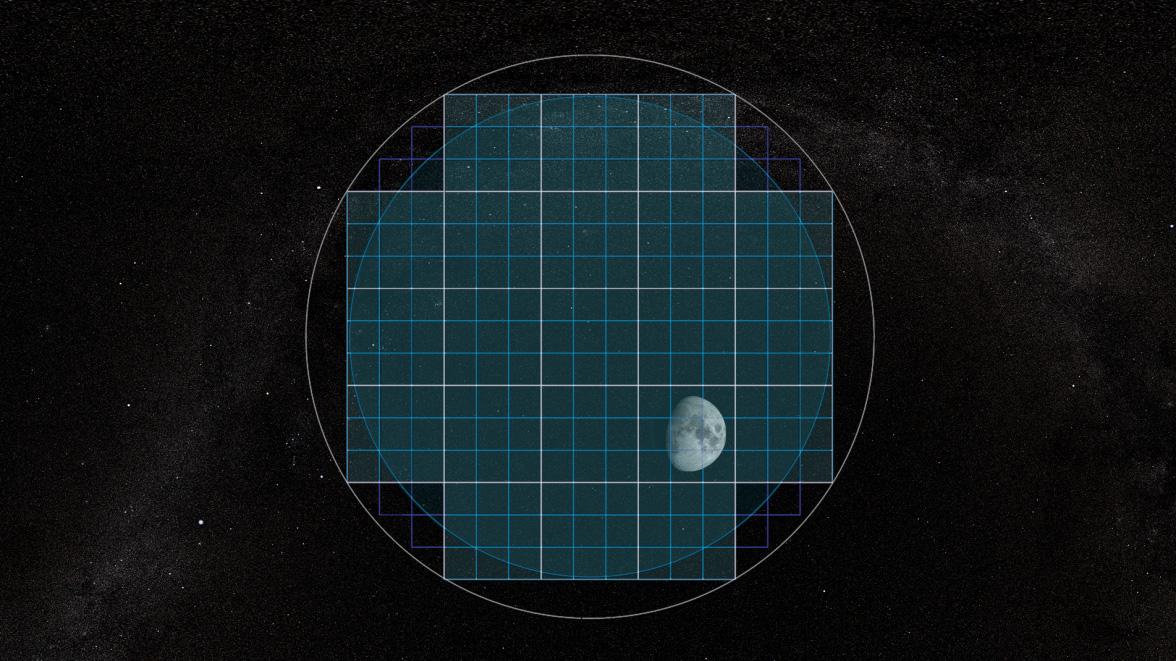
Big data
SLAC researchers are preparing for a new generation of scientific instruments and experiments that will generate enormous streams of data. They’re developing software that can run on future exascale supercomputers and the tools that will allow collecting and analyzing unprecedented data volumes in a very short time.
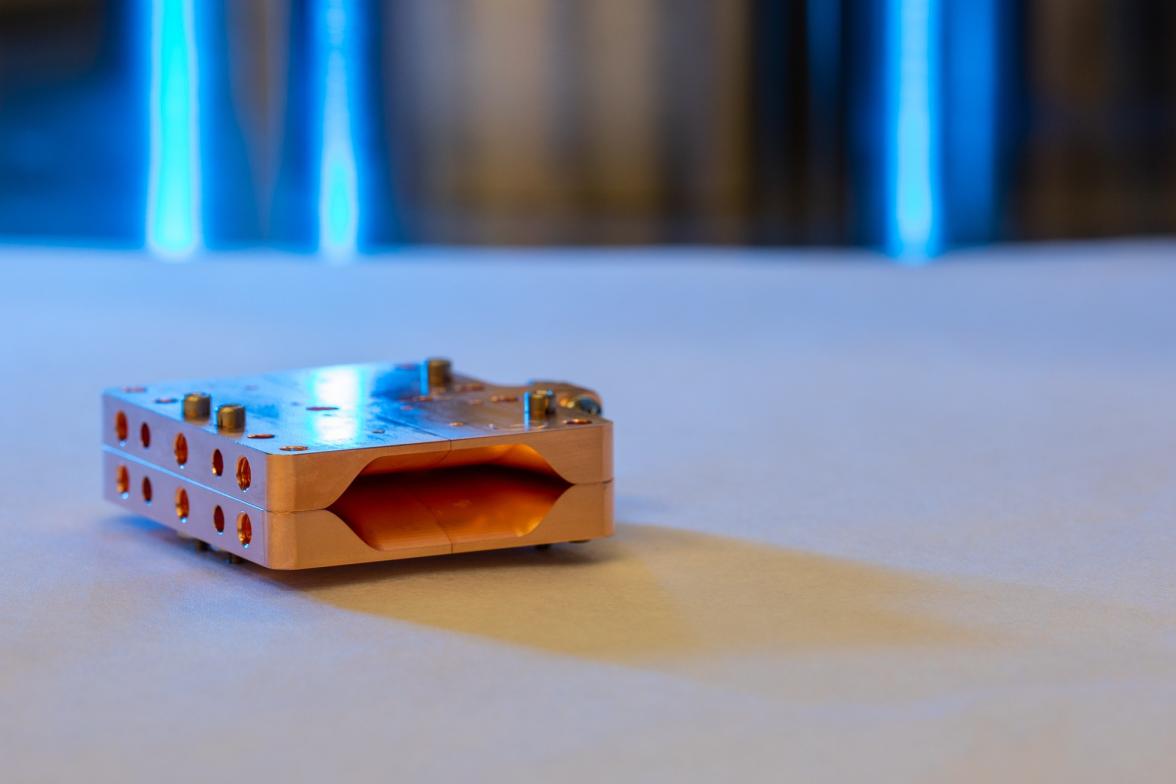
Technology innovation
SLAC leverages the unique expertise of our scientists, engineers and technicians to create new capabilities that pave the way for progress in astrophysics, biomedicine, national security and other disciplines. Our foundational and applied research advances the state of the art in detectors, particle accelerators and radio frequency (RF) technologies. This work is often done in collaboration with industry, academia and other laboratories to design, model and fabricate systems based on our innovations.
